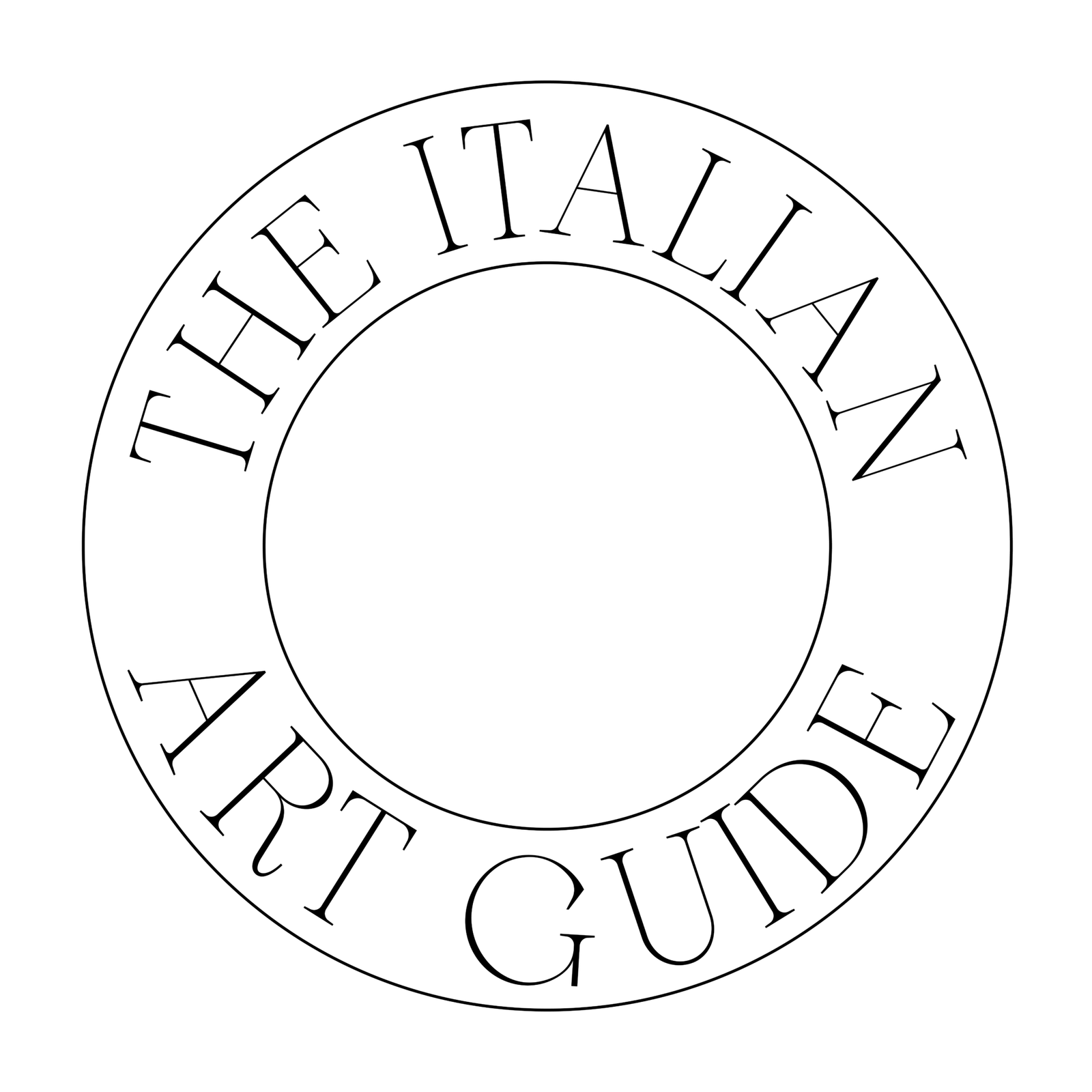Manuel d’exposition
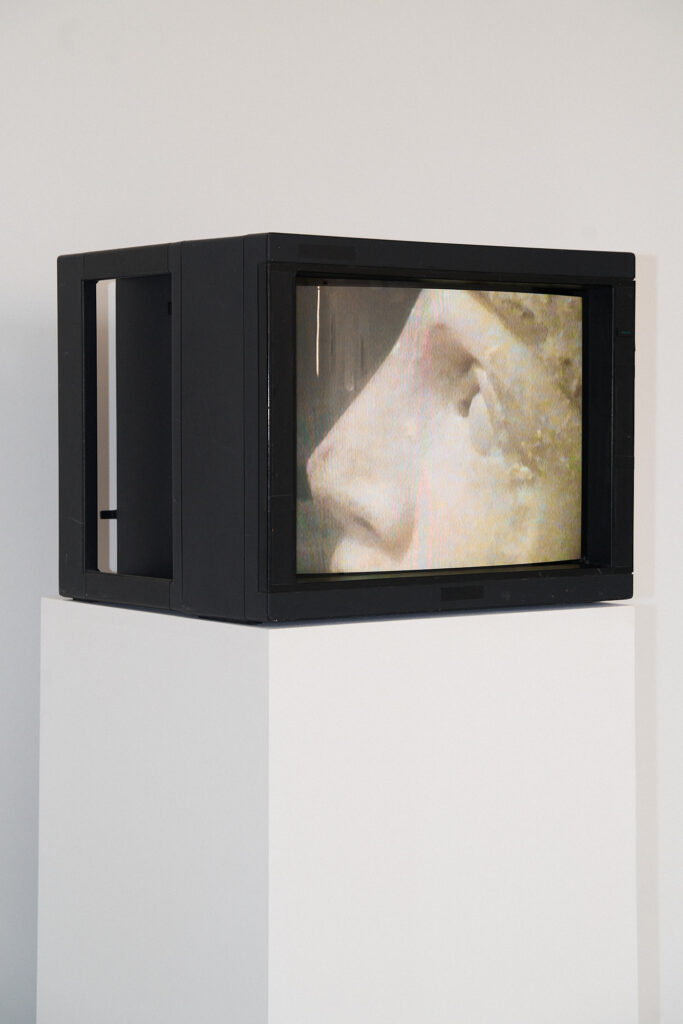
Manuel d’exposition Exhibition, guided tour, creation of display systems, alternative architectures, musings on the gaze, the composition of a catalog: by bringing together all these gestures, Manuel d’exposition attempts to reveal the inherent curatorial qualities of the moving image. Accompanied by a wall scattered with clues, Manuel d’exposition presents contemporary artworks that crystallize questions […]
Palmo panorama
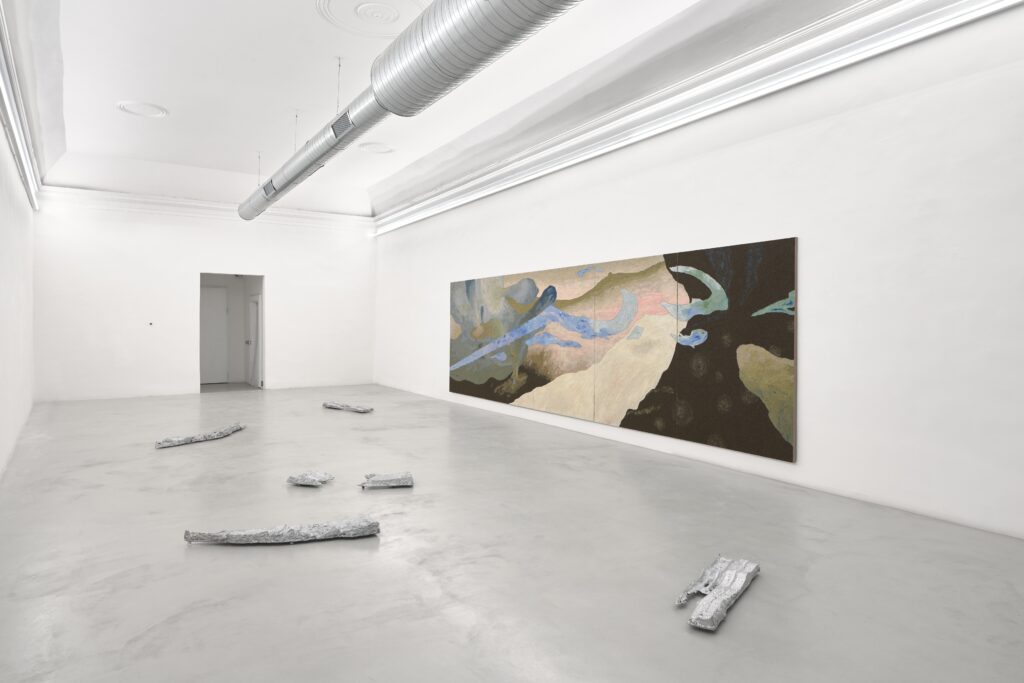
Palmo panorama Solo show by Marco Emmanuele curated by Saverio Verini. PALMO PANORAMA One of the many places to stop and observe, to distance oneself without leaving one’s hands, the relationship between man and architecture, that arcane sex between body and matter that generates landscape and sculpture. On display: A panorama, a stream, a pareidolia.
Incommunicability is itself a source of pleasures
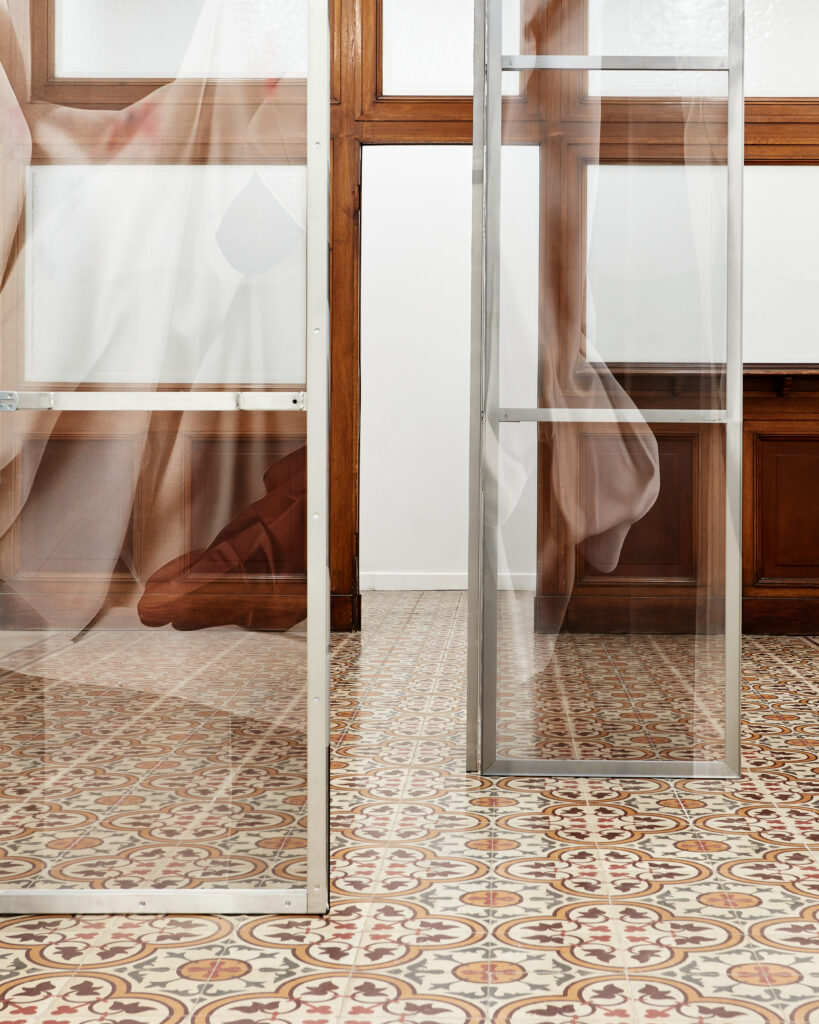
Incommunicability is itself a source of pleasures The Address is pleased to present “Incommunicability is itself a source of pleasures,” the first solo exhibition by Dorota Gawęda & Egle Kulbokaitė at the gallery. The exhibition brings together a body of new works conceived specifically for the Brescia space, continuing the duo’s exploration of the relationships […]
L’INSIEME DELLE PARTI
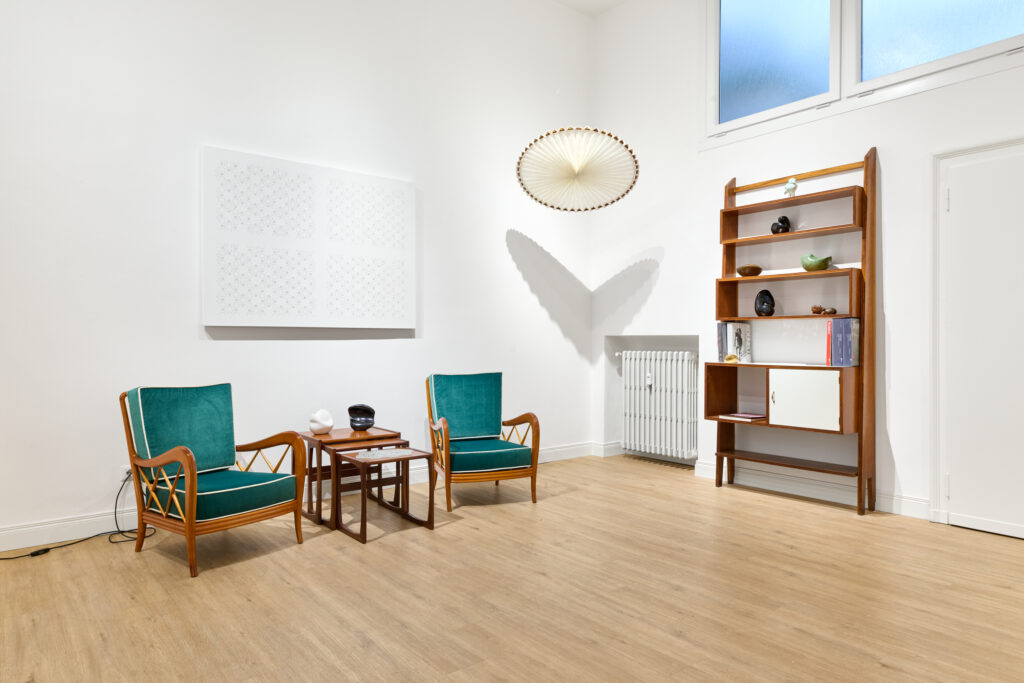
L’INSIEME DELLE PARTI La mostra L’insieme delle parti nasce intorno alla volontà di generare un luogo domestico, un salotto che vive e vibra di tutte le sue manifestazioni e che è tracciato e reso spazio a partire dai lavori di Simona Pavoni (San Benedetto del Tronto, 1994), in un dialogo delicato con una selezione […]
Tre cani paralleli
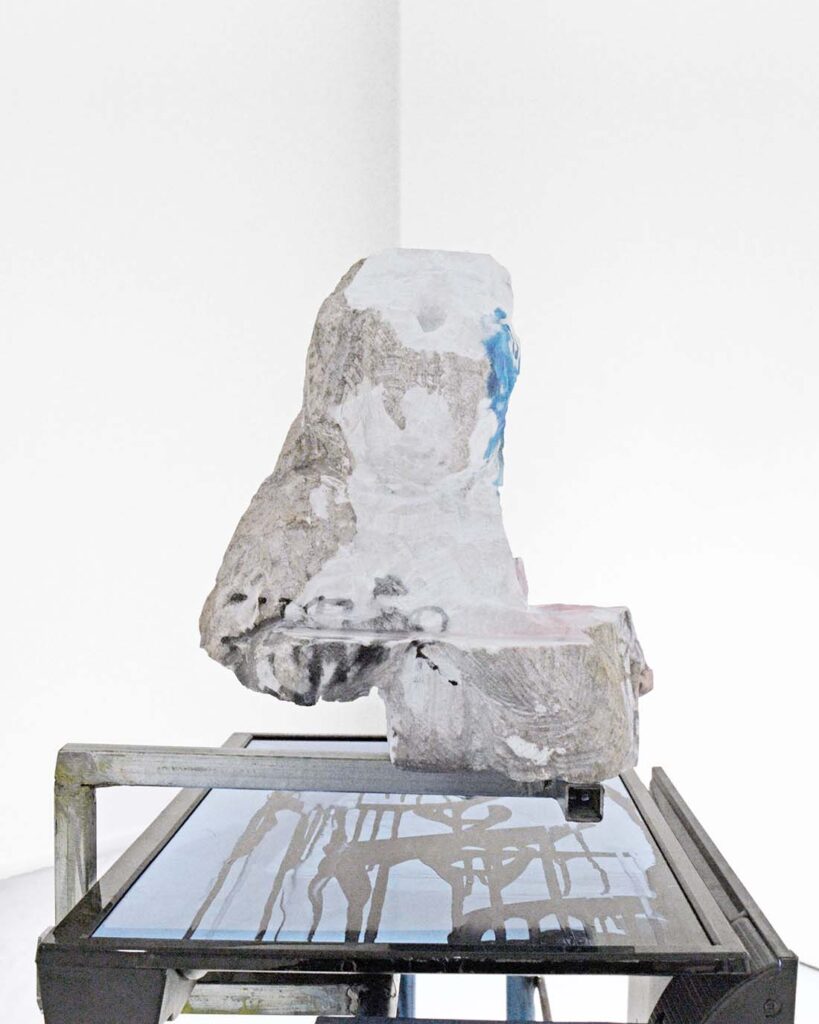
Tre cani paralleli “Tre cani paralleli” grows out of a month-long residency at Tiresia in Carrara, the international marble capital. Carrara works as studio and record: quarries, labs, workshops, the industrial belt, and two museums mark a timeline where human and geological time meet. The title combines two lines: framing the mountain’s time as […]
ECCPROJECTS #30
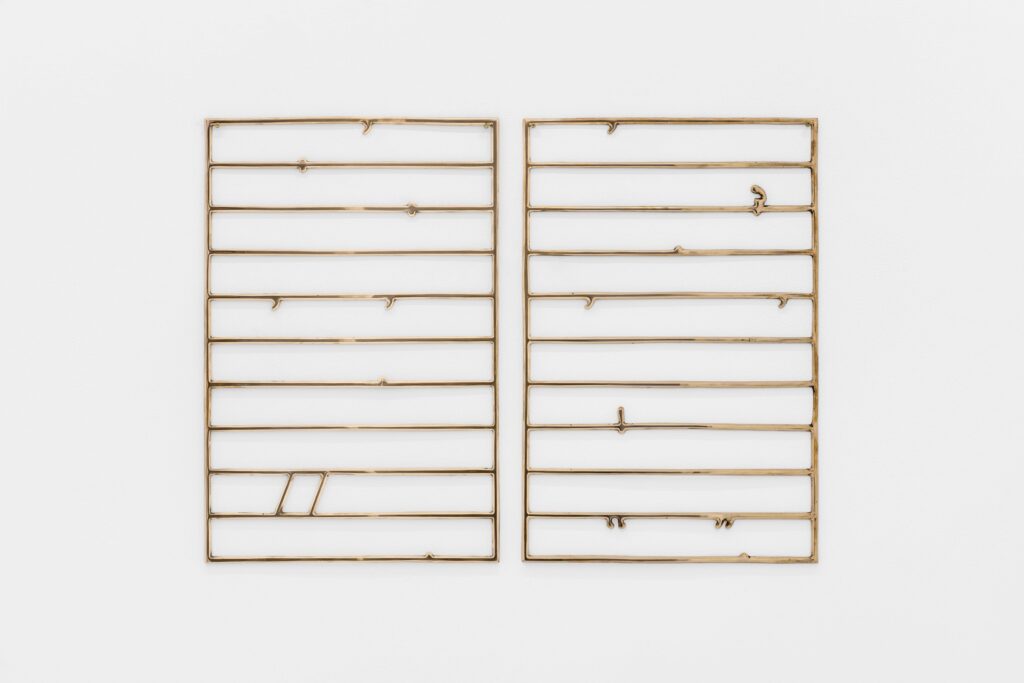
ECCPROJECTS #30 Ivan Grilo (1986, São Paulo) lives and works in Itatiba, SP, Brazil.Displacement is an essential part of Ivan Grilo’s artistic process. Many of his works result of experiences in the field, where he collected stories told by images, documents and oral accounts. His works use a variety of media and tend to […]
:ONTOLOGY OF AN IMAGE
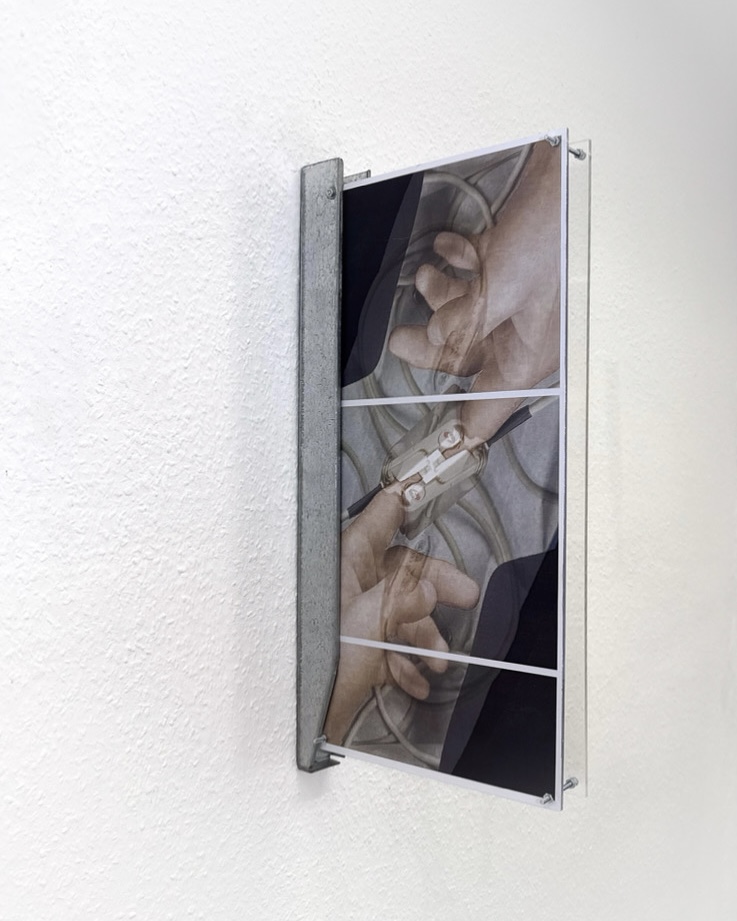
:ONTOLOGY OF AN IMAGE In an age where photographs exist as data. What does it mean for an image to be?This exhibition investigates the shifting materiality of photography in the digital era. By reimagining screens, devices, and printed photographs as sculptural objects, it asks where the photograph now resides: in light, in memory, or in […]
HIDE & SICK
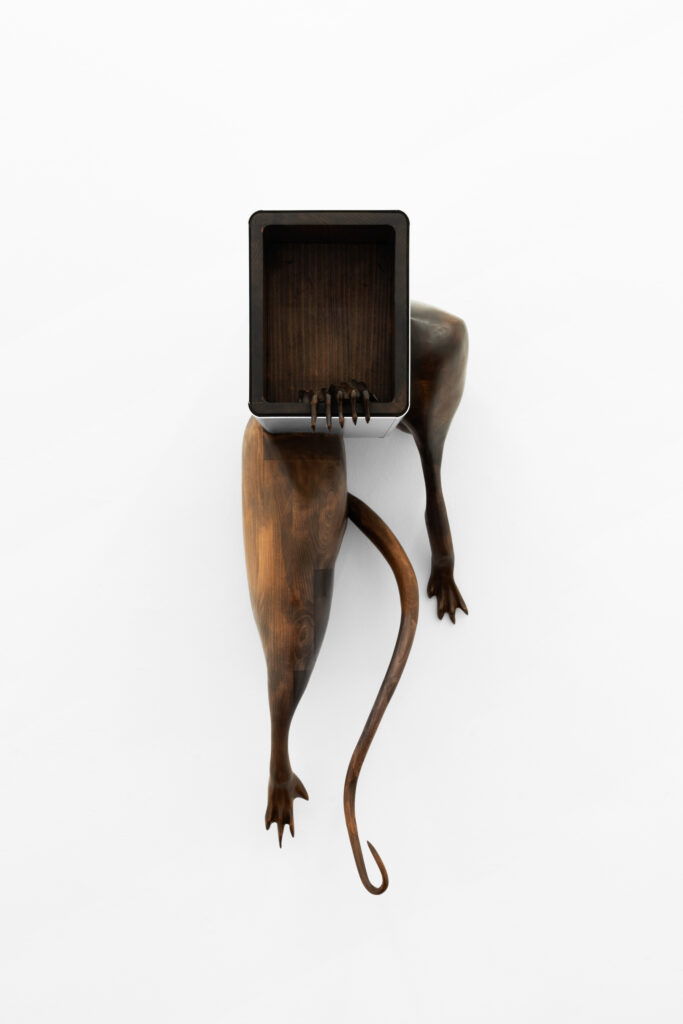
HIDE & SICK Studiolo bureau è lieto di ospitare HIDE & SICK, prima personale italiana dell’artista Eliott Paquet (Parigi, 1990) curata da Studiolo e accompagnata da un testo di Gabriella Gasparini. La mostra è il secondo capitolo di un progetto esposto durante l’autunno 2024 negli spazi dell’atelier Poush di Parigi e intitolato “Ceci Tuera […]
MULTIFORME. Julio Le Parc e il Gruppo GRAV
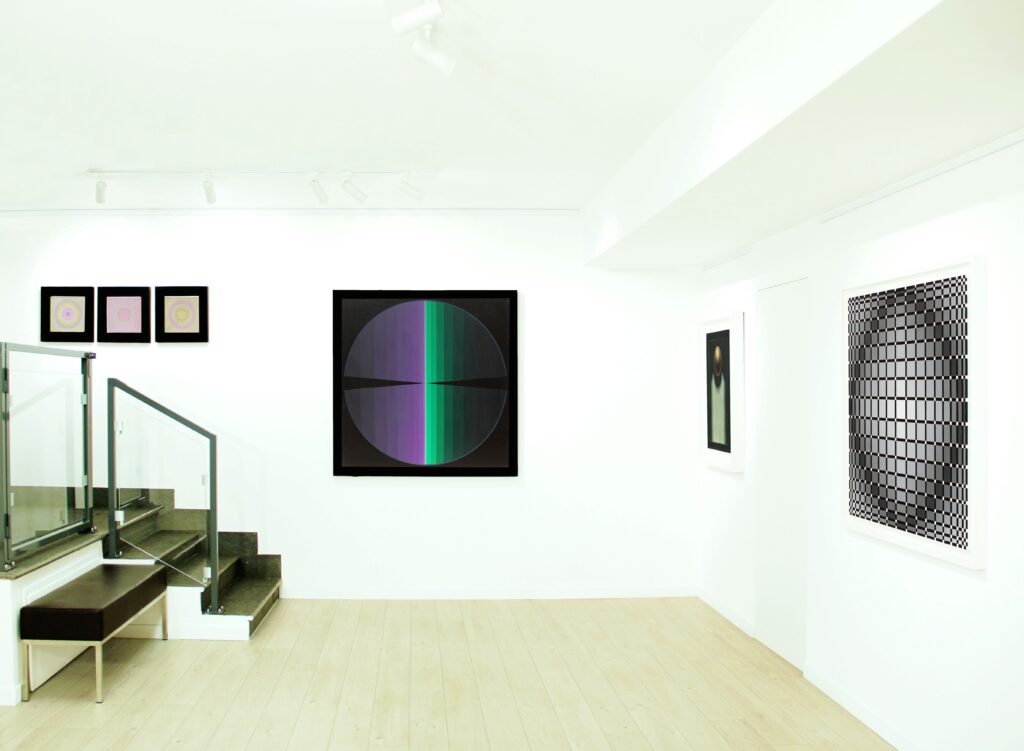
MULTIFORME. Julio Le Parc e il Gruppo GRAV Dal 26 novembre 2025 al 30 gennaio 2026 Poleschi Fine Art è lieta di presentare “Multiforme. Julio Le Parc e il Gruppo GRAV”, una mostra dedicata a Julio Le Parc e al Groupe de Recherche d’Art Visuel (GRAV), collettivo fondato a Parigi nel 1960 che ha rivoluzionato […]
TERRA PROTEGIDA TERRA PROMETIDA
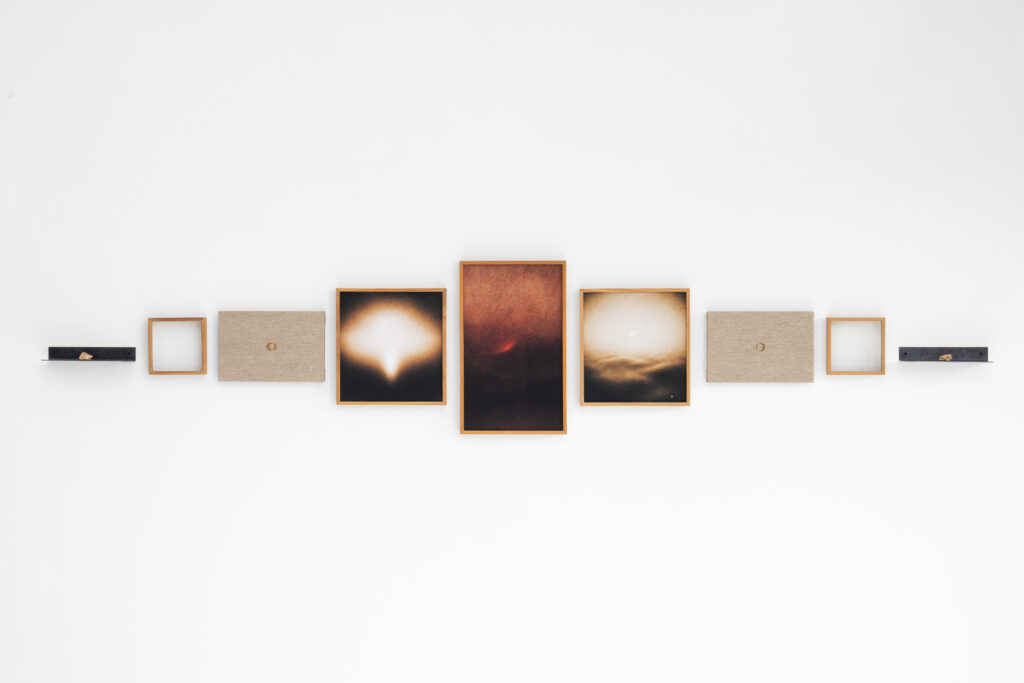
TERRA PROTEGIDA TERRA PROMETIDA Société Interludio is pleased to present “Terra protegida, terra prometida”, a solo exhibition in Italy by Brazilian artist Ivan Grilo. Featuring a new body of work, the show is accompanied by a critical text by Jurandy Valença.At the Earth’s core, currents of magma slowly shift the magnetic pole, reconfiguring the […]
